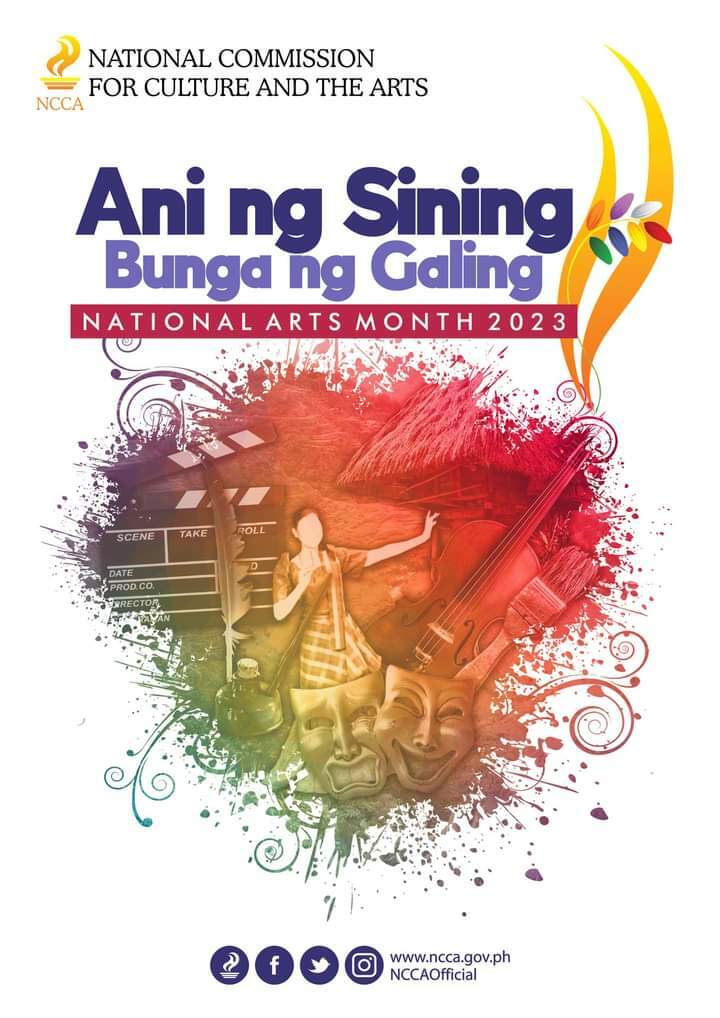Performance art has long been a powerful tool for artists to push boundaries and challenge societal norms. By incorporating elements of live action, physical movement, spoken word, and visual imagery, performance art offers a uniquely immersive experience that can leave a lasting impact on audiences.
One of the key strengths of performance art lies in its ability to elicit strong emotional reactions and provoke thought-provoking conversations. By breaking free from traditional artistic mediums such as painting or sculpture, performance artists are able to engage with their audiences in a more immediate and visceral way. This direct interaction can create a sense of intimacy and connection that is often lacking in other forms of art.
One of the most powerful aspects of performance art is its ability to confront difficult or controversial topics head-on. Through the use of provocative imagery, bold statements, and challenging actions, performance artists are able to shine a light on issues that are often ignored or swept under the rug. By forcing audiences to confront uncomfortable truths and question their own beliefs, performance art has the power to spark meaningful dialogue and inspire change.
Performance art also has the potential to disrupt established power structures and challenge the status quo. By defying traditional norms and expectations, performance artists can challenge authority, subvert stereotypes, and question the dominant narratives that shape our society. This can be a powerful form of resistance against oppression, discrimination, and injustice.
In recent years, performance art has played a key role in movements for social justice and political activism. From protests against police brutality and racial inequality to calls for environmental justice and LGBTQ+ rights, performance artists have been at the forefront of advocating for change and challenging the systems that hold marginalized communities back.
Overall, performance art has the power to break boundaries and challenge norms in ways that other forms of art cannot. By pushing the limits of what is considered acceptable or appropriate, performance artists are able to create spaces for dissent, creativity, and freedom of expression. In doing so, they pave the way for greater inclusivity, diversity, and equality in the art world and beyond.






